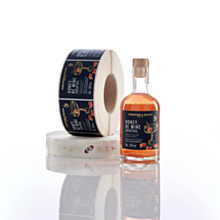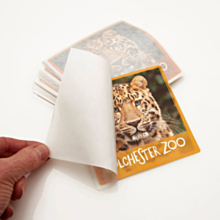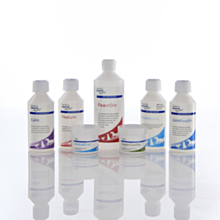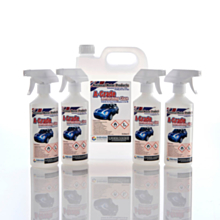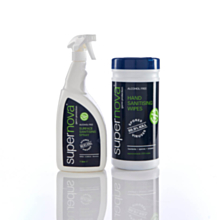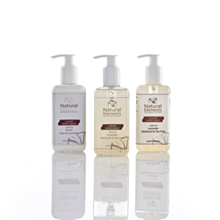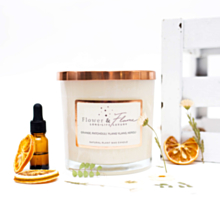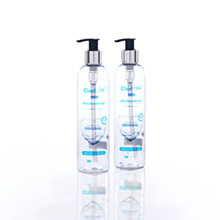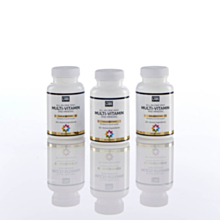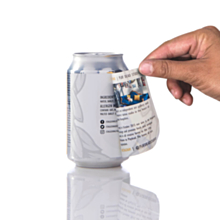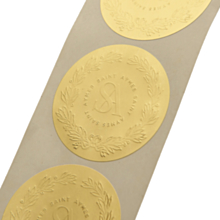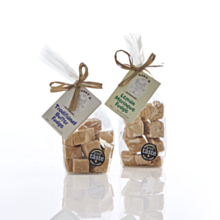Toggle Nav
- Shop labels
Retail Labels
Identification & Protection
Service & Inspection Labels
Warning Labels
Catering & Hospitality
Handling & Shipping Labels
General Labels
Retail LabelsRetail Labels
Identification & Protection LabelsIdentification & Protection
Service & Inspection LabelsService & Inspection Labels
Warning LabelsWarning Labels
Catering & HospitalityCatering & Hospitality
Handling & Shipping LabelsHandling & Shipping Labels
General LabelsGeneral Labels
- Custom Labels
Product Labels

